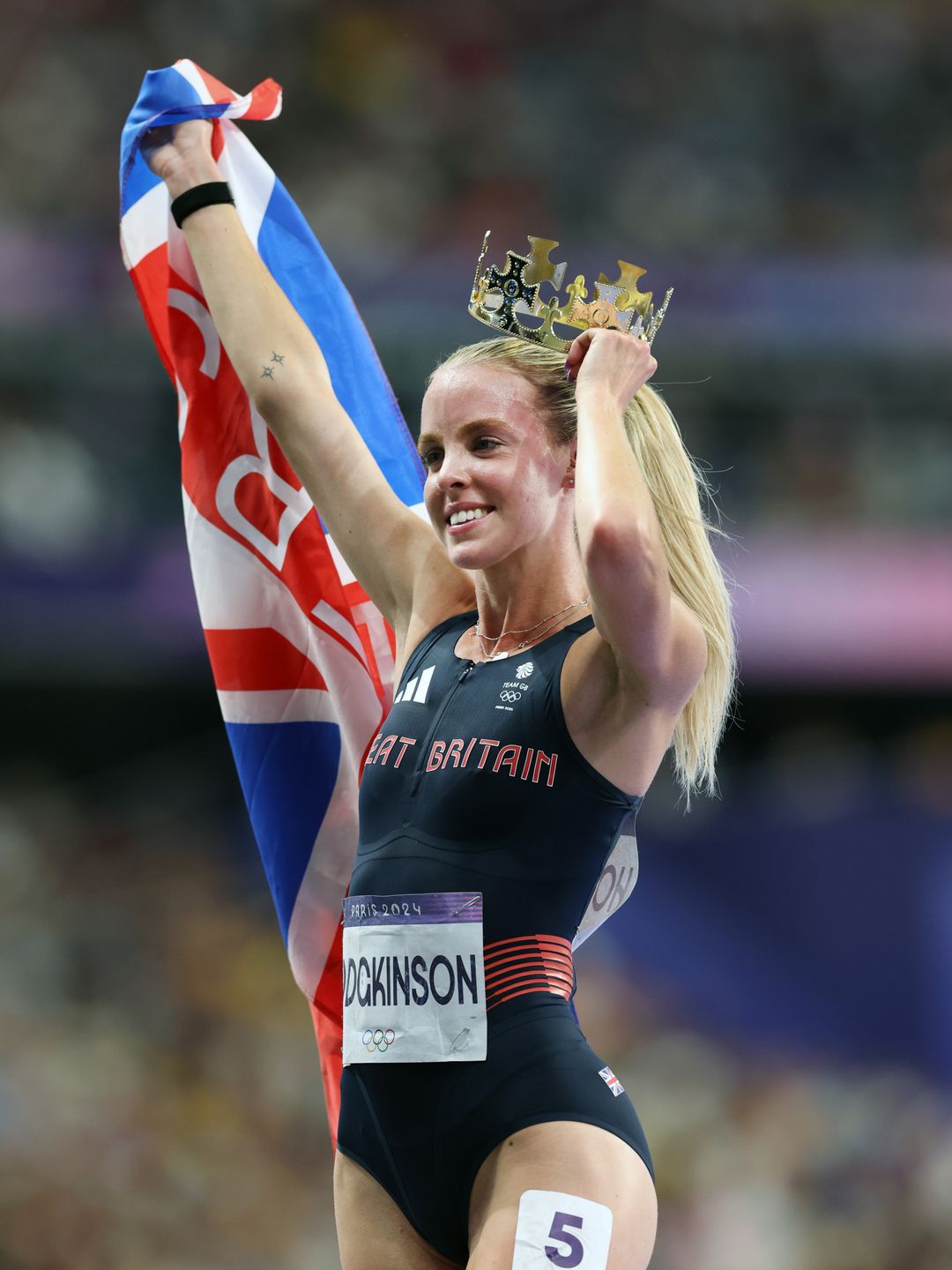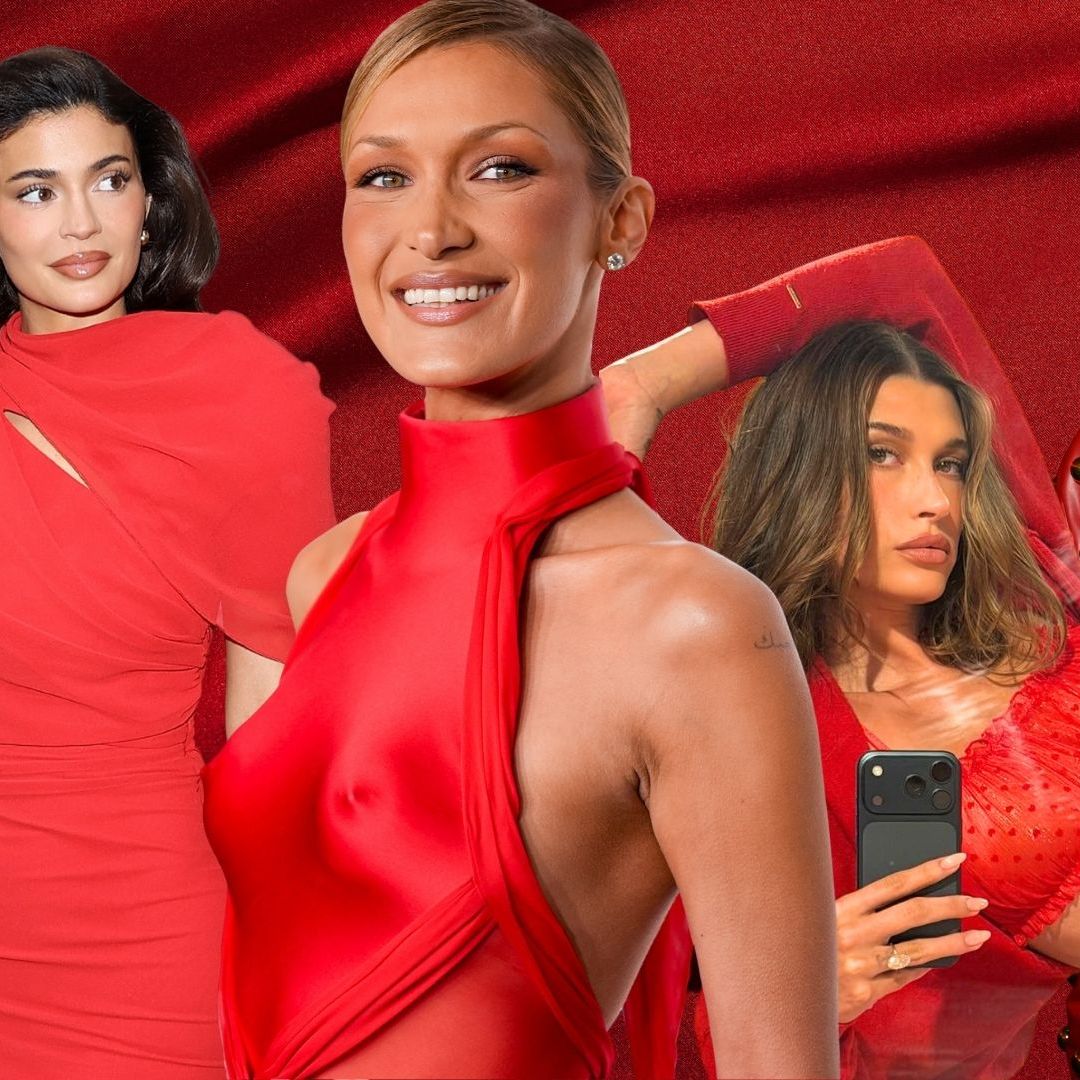A gold medal has always been the collective crown jewel for Olympians. Forget diamonds, sapphires and rubies, a glint of a butterscotch metal disc will forever hold the number one spot in terms of self-adornment.
This year at the Paris Olympics 2024, another jewel emerged as hot property among champions. While it was no medal, a handful of winning athletes celebrated their success with an unlikely accessory that trod the line between prom and prizewinner - a tiara.
Various athletes were pictured sporting tiaras after their wins on the track: gold medalist Keely Hodgkinson of Team GB following her victory during the Women's 800m final on day ten of the games; fellow teammate Katarina Johnson-Thompson after securing a silver medal in the Women's Heptathlon 800m during the athletics competition and Team USA’s Sydney McLaughlin-Levrone while celebrating her gold medal and a new world record after competing in the Women's 400m Hurdles finals. Royal-inspired headgear became the symbol of champions.
Considering the history of the tiara, the jewel’s symbolism in the Olympics is perfectly apt.
MORE: Kendall Jenner's all-American outfit change takes patriotic style to new heights
RELATED: Emma Chamberlain brings high fashion to the Olympics in mini skirt and cut-out bodysuit
The tiara, with its origins rooted in ancient civilisations, has long been a symbol of power, prestige, and divine right. First worn by Persian kings as a sign of authority, these early headpieces evolved through the ages, gaining popularity in ancient Greece and Rome where they were adorned with precious metals and stones.
By the 18th and 19th centuries, the tiara had transformed into the ultimate emblem of European aristocracy, particularly in royal courts, where it became a staple for queens and princesses. Its design peaked during the Victorian and Edwardian eras, showcasing intricate craftsmanship and opulent gems, cementing the tiara's status as the crowning glory of any regal ensemble.
Although we doubt that said athlete’s dazzling diadems were crafted from anything but plastic, they represent superiority above all else. Especially for It-Brits Keely and Katarina, who hail from a country famously governed by a royal family.
MORE: Cindy Crawford and Kaia Gerber talk Paris, pressure and Celine Dion at 2024 Olympics
RELATED: 'The haters hate it' Simone Biles reveals hidden meaning behind her diamond GOAT necklace
While the Princess of Wales can rest assured that her tiara collection will remain in safekeeping in the Tower of London, we eagerly await the royal return of tiaras at the Los Angeles 2028 games.











